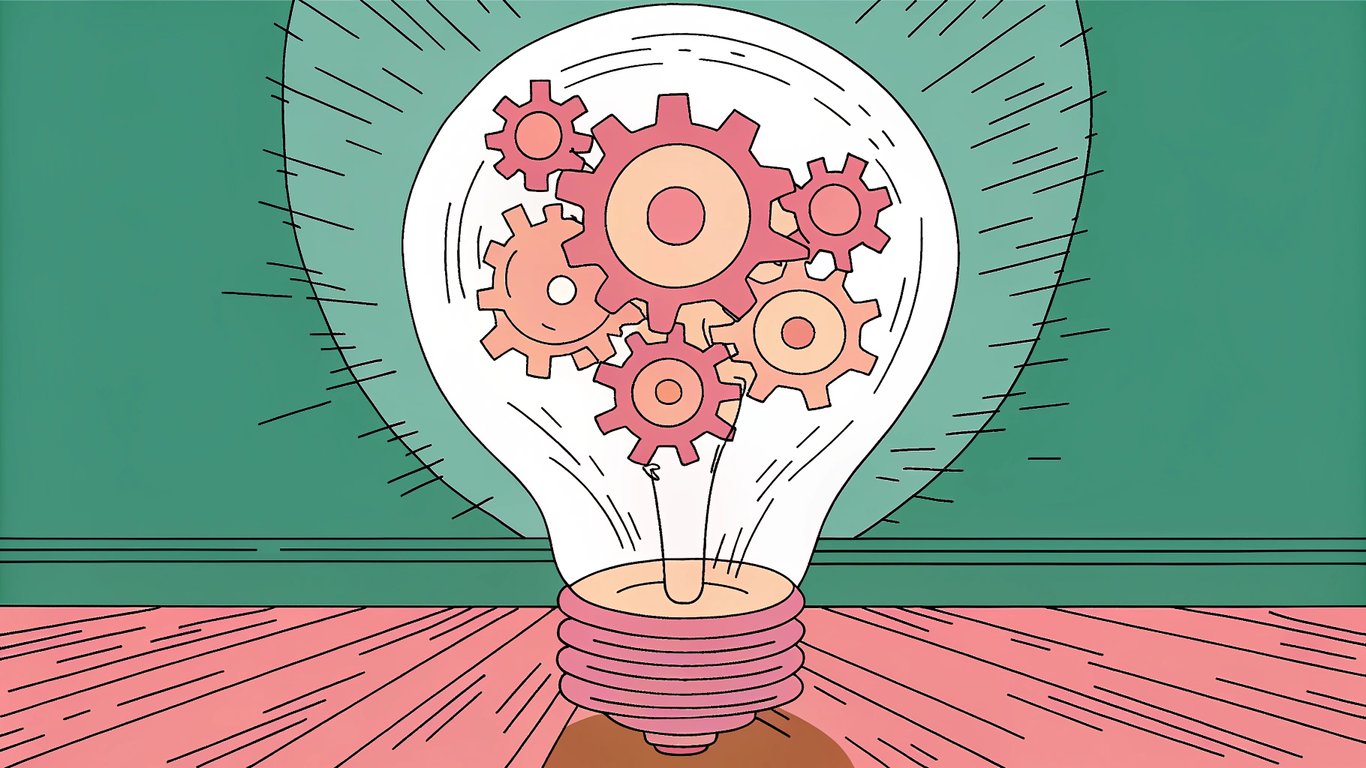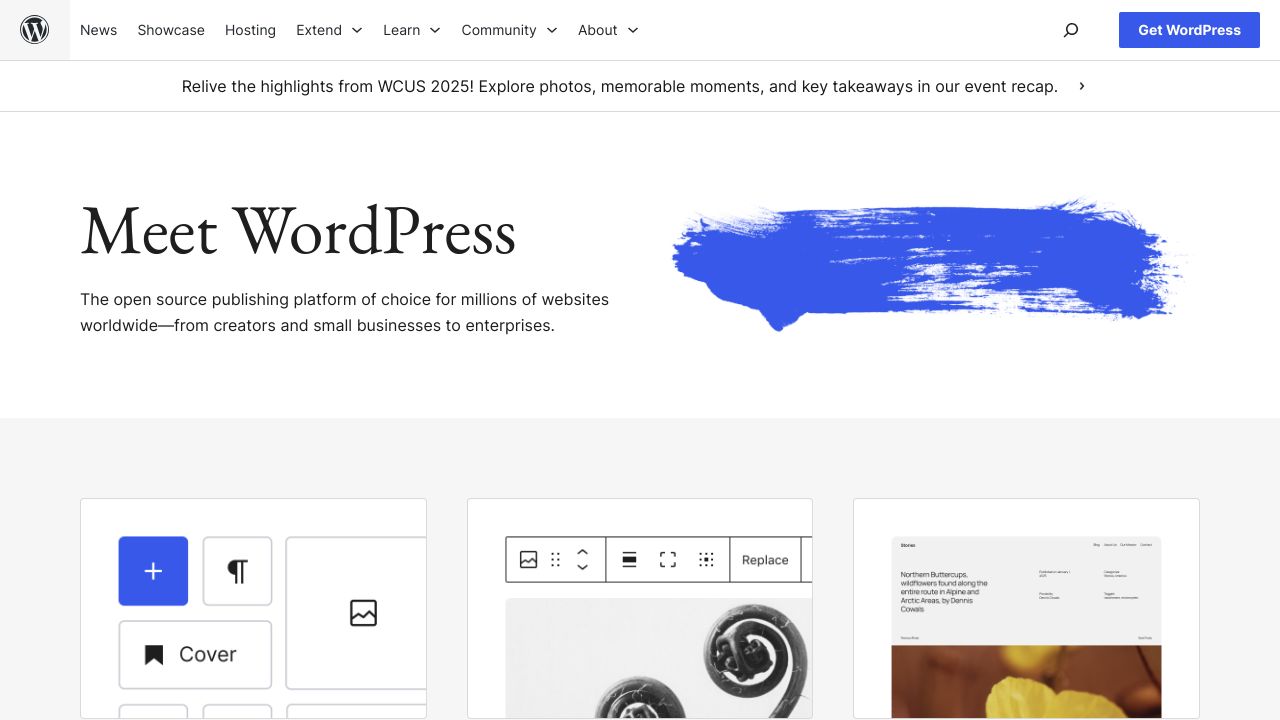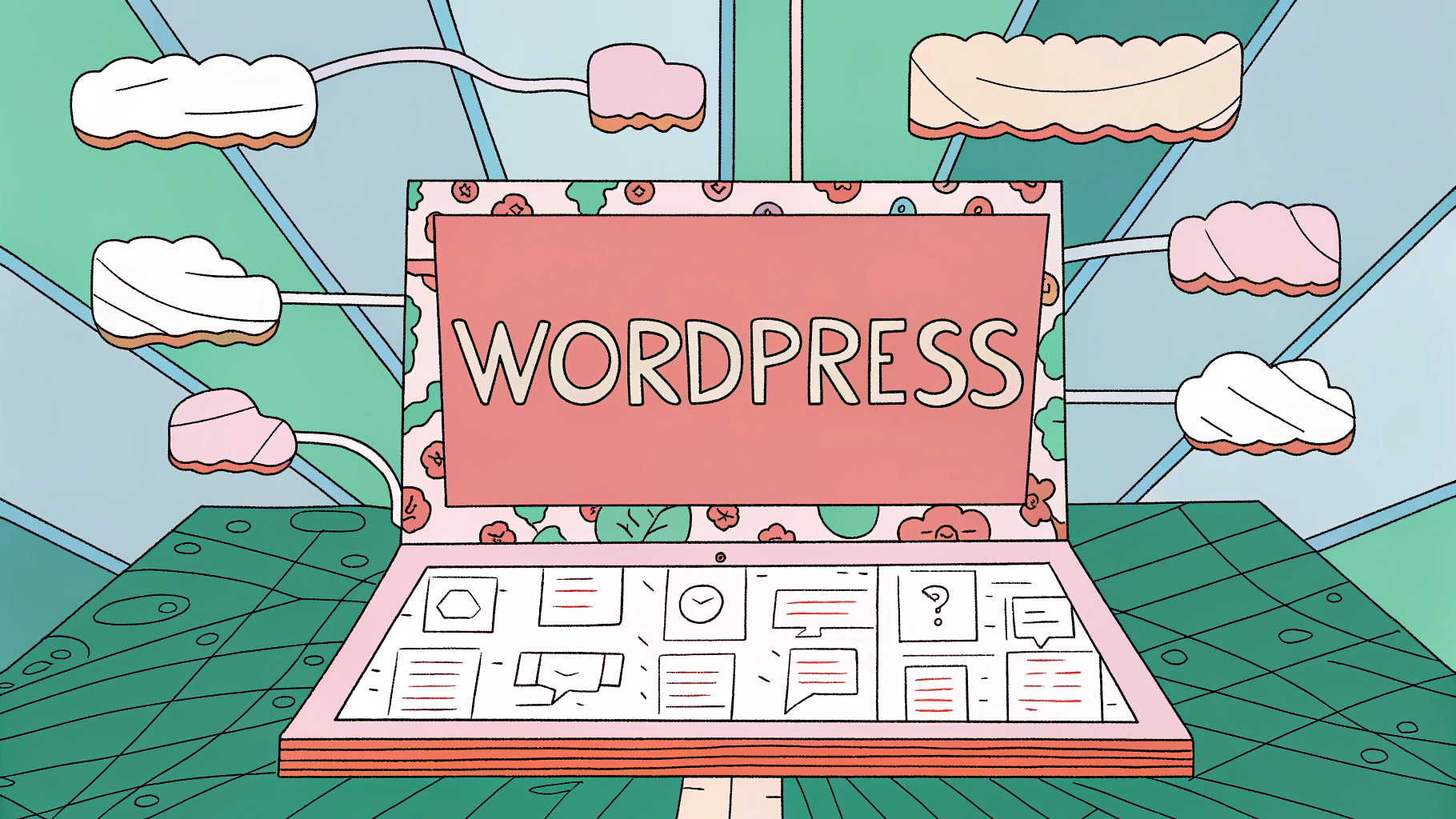Content creation has transformed dramatically in recent years. What used to take hours of research, writing, and editing can now be streamlined with AI tools that help you work smarter, not harder. But here's the thing - knowing how to create content effectively still requires understanding the fundamentals.
The rise of AI doesn't mean human creativity becomes obsolete. Instead, it amplifies your abilities and helps you produce better content faster. Whether you're starting a blog, building a business website, or creating content for clients, this guide will walk you through every step from that first spark of an idea to hitting publish on WordPress.
Why AI-Enhanced Content Creation Matters in 2025
AI tools like ChatGPT and DALL-E have become game-changers for content creators. They help you overcome writer's block, generate ideas faster, and create visual content without expensive software or design skills.
The benefits are clear: you can research topics more efficiently, create outlines in minutes instead of hours, and even generate images that perfectly match your content. But the real advantage comes from combining AI assistance with your unique perspective and expertise.
What You'll Learn in This Guide
By the end of this guide, you'll have a complete workflow for creating content that engages your audience and performs well in search engines. We'll cover everything from finding your first topic ideas to optimizing your WordPress site for maximum impact.

- How to generate and validate content ideas using AI tools
- Step-by-step content creation process with AI assistance
- Essential WordPress settings and plugins for content creators
- Publishing best practices that improve readability and SEO
- Post-publication strategies for promotion and optimization
Phase 1: Content Ideation and Planning
Great content starts with great ideas. But finding those ideas consistently can be challenging, especially when you're just starting out. This is where AI tools become incredibly valuable for streamlining your research process.
AI-Powered Topic Research and Trend Analysis
Start by using Google Trends to identify what people are searching for in your niche. Look for topics with steady or growing interest over the past 12 months. Then, take those topics to ChatGPT and ask for related subtopics, common questions, and different angles you could explore.
Here's a simple prompt that works well: "I'm writing about [your topic]. What are 10 specific questions my audience might have about this? Include both beginner and advanced questions."
AI excels at finding content gaps you might miss. It can suggest seasonal angles, compare different approaches, and even help you understand what competitors might be overlooking.
Creating Your Content Calendar
Once you have a list of potential topics, organize them into a publishing schedule. A simple spreadsheet works fine, but tools like Notion or Trello can help you track progress and deadlines.
Plan for consistency rather than perfection. Publishing one quality piece per week is better than publishing three mediocre pieces and then burning out. Consider your available time realistically and build a schedule you can maintain.
Audience Research and Persona Development
Understanding your audience is crucial for creating content that resonates. Use AI to help develop detailed reader personas by asking questions like: "What challenges would a beginner in [your field] face?" or "What would motivate someone to read content about [your topic]?"

Don't just guess at what your audience wants. Look at comments on popular posts in your niche, check forums like Reddit, and pay attention to the questions people ask on social media.
Phase 2: Content Creation with AI Enhancement
Now comes the actual writing. This is where AI tools really shine, helping you structure your thoughts and overcome the blank page problem that stops many creators before they start.
Structuring Your Content with AI Outlines
Before writing a single sentence, create a detailed outline. Ask AI to help structure your content logically: "Create an outline for a beginner's guide to [your topic]. Include main sections and 3-4 subsections for each."
A good outline saves hours of writing time and ensures your content flows logically from one point to the next. It also helps you identify gaps in your knowledge before you start writing.
Writing and Editing with AI Assistance
Use AI as a writing partner, not a replacement for your voice. Start each section by writing your own thoughts, then ask AI to help expand on specific points or suggest alternative ways to explain complex concepts.

For editing, AI can help identify unclear sentences, suggest stronger word choices, and ensure your content maintains a consistent tone. But always review AI suggestions critically - you know your audience better than any algorithm.
Creating Visual Content with AI Tools
Visual content significantly improves engagement and readability. DALL-E can generate custom images that perfectly match your content, while tools like Canva now include AI features for creating graphics and layouts.
When creating images with AI, be specific in your prompts. Instead of "create an image about content creation," try "create a clean, modern illustration showing a person writing at a laptop with floating icons representing ideas, in a minimalist style with blue and white colors."
Fact-Checking and Quality Assurance
AI can make mistakes, especially with current events or specific technical details. Always verify important facts, statistics, and claims before publishing. Use multiple sources and trust your expertise when something doesn't seem right.
Create a simple checklist for quality assurance: Are all links working? Do images load properly? Is the content accurate and helpful? Does it answer the questions you promised to address?
Phase 3: WordPress Setup and Optimization

Your content deserves a platform that showcases it effectively. WordPress offers incredible flexibility for content creators, but the right setup makes all the difference in how your content performs.
Essential WordPress Plugins for Content Creators
Start with these essential plugins that enhance your content creation workflow:
| Plugin | Purpose | Key Benefit |
|---|---|---|
| Yoast SEO | Search optimization | Guides you through SEO best practices |
| Angie AI | AI assistance | Provides WordPress-specific AI help |
| WP-Optimize | Performance | Keeps your site fast and clean |
| UpdraftPlus | Backups | Protects your content from loss |
The new Angie plugin is particularly interesting for content creators. It provides AI-powered assistance directly within WordPress, helping with everything from content suggestions to technical recommendations.
SEO Settings and Configuration
Proper SEO setup helps your content reach more people. In WordPress, go to Settings > Permalinks and choose "Post name" for clean, readable URLs. This makes your content more shareable and search-engine friendly.
Configure your SEO plugin to automatically generate meta descriptions, but always review and customize them for important posts. A compelling meta description can significantly improve your click-through rates from search results.
Content Management and Organization
Create a logical category structure before you publish your first post. Think about how your readers would naturally group your content. Use categories for broad topics and tags for specific details within those topics.
Keep your media library organized by creating folders for different types of content. This becomes crucial as your site grows and you need to find specific images or documents quickly.
Phase 4: Content Publishing and Formatting
How you present your content affects how people engage with it. Good formatting makes your content more readable and helps readers find the information they need quickly.
WordPress Editor Best Practices
The WordPress block editor (Gutenberg) makes formatting easier than ever. Use heading blocks to create a clear hierarchy - H1 for your main title, H2 for major sections, and H3 for subsections.
Break up long paragraphs into shorter, more digestible chunks. Most readers scan content first, so make it easy for them to find key points. Use bullet points, numbered lists, and bold text strategically to highlight important information.
Image Optimization and Media Management
Large images slow down your site and frustrate readers. Compress images before uploading them, and use descriptive file names that include relevant keywords. Tools like TinyPNG can reduce file sizes without noticeable quality loss.
Always add alt text to your images. This helps screen readers understand your content and provides additional context for search engines. Describe what's in the image and how it relates to your content.
Internal Linking and Content Structure
Link to your other relevant content naturally within your posts. This keeps readers on your site longer and helps search engines understand the relationships between your content pieces.
When linking internally, use descriptive anchor text that tells readers what they'll find when they click. Instead of "click here," use something like "our guide to WordPress security" that provides context.
Phase 5: Post-Publication Optimization and Promotion
Publishing your content is just the beginning. The real work starts after you hit publish, as you promote your content and analyze its performance to improve future pieces.
Social Media Integration and Sharing
Share your content across relevant social media platforms, but tailor your message for each platform. What works on LinkedIn might not work on Twitter, and vice versa.
Consider creating multiple social media posts from a single piece of content. Pull out key quotes, statistics, or tips that can stand alone as social media posts, always linking back to the full article.
Performance Tracking and Analytics
Set up Google Analytics to track how your content performs. Pay attention to metrics like time on page, bounce rate, and which content gets shared most often.
Don't get overwhelmed by data. Focus on a few key metrics that align with your goals. If you want to build an email list, track conversion rates. If you want to increase brand awareness, monitor social shares and referral traffic.
Content Updates and Maintenance
Content isn't a "set it and forget it" proposition. Regularly update your posts with new information, fix broken links, and refresh outdated examples. Search engines favor fresh, current content.
Create a simple maintenance schedule. Review your top-performing posts quarterly and update them with new insights, better examples, or additional resources that have become available.
Advanced Tips and Troubleshooting
As you become more comfortable with content creation, you'll want to scale your efforts and avoid common pitfalls that can derail your progress.
Scaling Your Content Production
To increase your content output without sacrificing quality, develop templates and systems. Create content templates for different types of posts, standardize your research process, and batch similar tasks together.
Consider repurposing content across different formats. A comprehensive blog post can become a video script, a series of social media posts, an email newsletter, and even a podcast episode.
Common Pitfalls and How to Avoid Them
New content creators often make these mistakes: publishing inconsistently, focusing too much on perfection, ignoring their audience's feedback, and not promoting their content effectively.
- Don't wait for perfect content - publish good content consistently
- Engage with comments and feedback on your posts
- Promote your content multiple times across different channels
- Focus on helping your audience rather than impressing them
- Track what works and double down on successful content types
Building Your Content Creation Workflow
Develop a repeatable process that works for your schedule and goals. Maybe you research and outline on Mondays, write on Tuesdays and Wednesdays, edit on Thursdays, and publish on Fridays.
The key is consistency. A simple workflow you follow regularly beats a complex system you abandon after a few weeks. Start small and gradually add complexity as you become more comfortable with the process.
Learning how to create content effectively takes time and practice. But with AI tools to assist you and WordPress as your platform, you have everything you need to start creating content that engages your audience and achieves your goals. The most important step is simply getting started.



